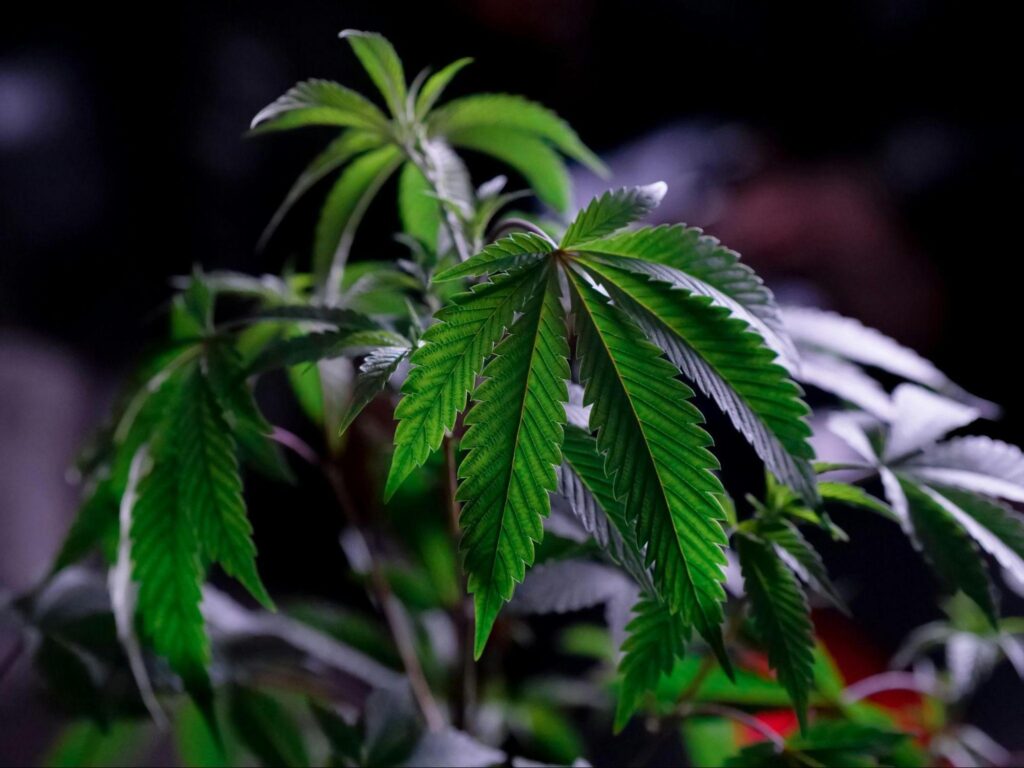
Understanding the Difference Between Sativa and Indica: A Comprehensive Guide
Cannabis is a fascinating plant with over 400 compounds and 60+ cannabinoids, including the well-known THC and CBD, which offer contrasting effects. While cannabis has numerous uses, its classification into subspecies has traditionally been used to differentiate its effects. The two primary categories are Indica and Sativa, and they’ve long been thought to determine the user’s experience. But is this classification truly accurate? In this article, we’ll explore the nuances of Indica and Sativa, with a focus on how these strains impact medical cannabis users in Australia.
Cannabis Sativa: A Historical Overview
First described by the Swedish biologist Carl Linnaeus in 1753, Cannabis sativa refers to cultivated cannabis, and its name is derived from Latin. Originally native to East Asia, Sativa strains are now found in regions like Africa, Central America, and Asia, where climates are typically hot and dry. Sativa plants are known for their height, sometimes growing over two meters tall, and they tend to have long, slender leaves.
In its natural state, the Sativa strain typically contains more THC and less CBD than its Indica counterpart. This higher THC content has led to its association with more uplifting and energising effects. Many users report that Sativa strains improve mood and creativity, making them more suitable for daytime use. However, modern hybridisation has rendered this traditional distinction less relevant.
Cannabis Indica: Origin and Characteristics
Cannabis Indica, on the other hand, hails from the rugged and dry mountain ranges of Southern Asia, specifically the Hindu Kush region. The term “Kush” in many modern strains references this region and the Indica landrace strains that originate from it. These plants are shorter and bushier than Sativa varieties, with broader leaves and a faster growth cycle.
Indica strains are traditionally higher in CBD than Sativa, which has led to their association with a “body high,” known for providing relaxation, pain relief, and helping with sleep. This makes Indica strains more suited for nighttime use. However, like Sativa, modern strains often contain varying levels of both THC and CBD. In Australia, when medical cannabis is prescribed, healthcare providers carefully monitor the exact ratio of THC to CBD to tailor treatments to individual patient needs.
The Rise of Hybrid Strains in Australia
As cannabis cultivation has advanced, many strains on the market today are hybrids, blending traits of both Sativa and Indica. Think of hybrid strains as puzzle pieces, each contributing to a unique experience based on the genetics of the strains involved. These hybrid strains are particularly popular in Australia’s medical cannabis community because they offer a wide range of therapeutic effects tailored to specific symptoms or conditions.
Hybrid strains break away from the traditional “Sativa for daytime, Indica for nighttime” rule. Research suggests that cannabis effects are not purely based on these classifications and can vary significantly from one individual to another. As a result, hybrids have become essential for personalised cannabis treatments in Australia. Patients can work with their doctors to identify which hybrid strain will best address their medical concerns.
What About Ruderalis?
Cannabis ruderalis is a lesser-known subspecies that originated in harsh climates like Siberia and the Himalayas. It’s resilient, with a short growth cycle and the ability to thrive in extreme conditions. However, ruderalis contains very little THC and only modest amounts of CBD, making it unsuitable for most recreational or medical uses in Australia.
The Importance of Terpene Profiles
Beyond cannabinoids like THC and CBD, terpenes are another important factor in understanding the effects of a cannabis strain. Terpenes are the aromatic compounds responsible for the distinct scents of plants, including cannabis. For example, certain strains smell citrusy or earthy, while others might evoke floral or spicy notes.
In Australia’s growing medical cannabis landscape, terpenes are increasingly recognised for their role in determining a strain’s effect on the body. For instance, myrcene, a common terpene found in cannabis, is linked to sedative effects, often described as “couch lock.” Higher levels of myrcene may help those with insomnia or anxiety, while lower levels can lead to a more energising experience.
Terpenes are now being used to guide treatment options in Australia, offering more precision in how patients choose their cannabis strains. They provide an additional layer of insight into how a strain may help alleviate specific symptoms, surpassing the traditional reliance on Indica or Sativa labels alone.
The Evolving Understanding of Cannabis in Australia
In recent years, researchers and medical professionals have begun to challenge the traditional Sativa vs. Indica dichotomy. Studies now show that the chemical composition of a cannabis strain, including its cannabinoid and terpene profiles, plays a more significant role in determining its effects than simply categorising it as Indica or Sativa.
For example, Dr. Ethan Russo, a renowned cannabis researcher, has argued that cannabis strains should be evaluated based on their chemical makeup rather than subspecies classification. This approach allows for a more nuanced understanding, particularly in the context of medical cannabis in Australia, where personalised treatments are essential for effective symptom management.
Further research has also revealed that strain names and traditional labels can be misleading. A study conducted at Dalhousie University demonstrated that these labels often fail to accurately reflect a strain’s chemical composition. This reinforces the need for Australian medical cannabis patients to consult healthcare professionals when selecting strains based on their specific needs.
Conclusion
In summary, while Indica and Sativa are still widely used terms, their relevance in determining cannabis effects is diminishing. The increasing use of hybrid strains and the growing understanding of terpene profiles means that Australia’s cannabis community is moving toward a more sophisticated and personalised approach to medical cannabis. Patients should not rely solely on traditional classifications but instead consult with healthcare professionals to find the most effective strains for their conditions.If you are looking to learn more about how specific cannabis strains can benefit your health or are interested in exploring hybrid options in Australia, reach out to Cannabis Medicine Australia for expert guidance on medical cannabis treatment.








